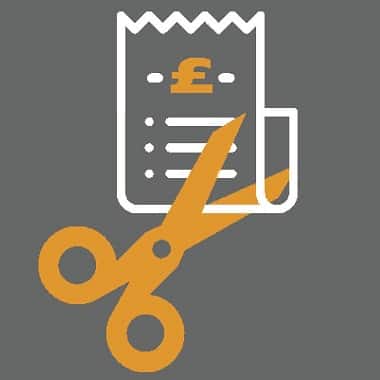In the March 2021 Budget, the Chancellor announced a new relief under the capital allowances regime called the ‘super-deduction’. The relief applies to companies in respect of qualifying expenditure incurred between 1 April 2021 and 31 March 2023. It will enable them to claim a 130% deduction on the purchase of new main rate pool plant and machinery (P&M). A reduced 50% super-deduction will be available for new special rate pool P&M.
Who can claim on what?
To claim capital allowances, the company needs to be undertaking a ‘qualifying activity’ which is broadly defined as a company with a trade or business whose profits are chargeable to tax in the UK.
A company can make the claim on new P&M purchased in the period. These are assets used by the company to carry out its trading activity. It’s important to note that this differs from the place or setting in which the business is carried out (i.e. the building itself), where capital allowances cannot be claimed.
The two categories or ‘pools’ these assets will fall into are:
- Main rate assets –generally items which can be picked up and removed from a building in which the trade is carried out, including but not exclusively: furniture and fixtures, computers, factory equipment, fire alarm systems, burglar alarm systems and sanitary ware.
- Special rate assets – more narrowly defined and generally constitute items which are within the fabric of a building. These ‘integral features’ include electrical systems, cold water systems, heating or cooling systems and lifts.
As noted above, the P&M must be new, i.e. purchased in an unused state and not second-hand. In addition, the expenditure must not fall into one of the general exclusions including cars, long life assets, assets purchased for the purposes of leasing or instances where the qualifying activity is permanently discontinued in the period. The leasing exclusion would therefore generally prevent property investment businesses from claiming this relief in respect of rental assets.
If assets are being purchased using financing arrangement, special care needs to be given as they may not be able to benefit from the super-deduction.
Interaction with the Annual Investment Allowance (AIA)
AIA allows for 100% of the expenditure, up to a current limit of £1m, on most types of plant and machinery to be deducted from taxable profits in the year the expenditure is incurred. It will work alongside the new super-deduction relief.
Care needs to be given to ensure that the most beneficial to claims on special rate expenditure are made. It will be possible to claim 100% relief on expenditure up to £1m using AIA, rather than the 50% super-deduction relief: doing so will maximise the tax relief claimed. Expenditure on special rate assets above the AIA limit will then have the 50% super-deduction applied.
What happens on disposal of the assets?
When a fixed asset is disposed of, usually it is the lower of proceeds and cost which is deducted from the pool which the asset was included in. In the instance where there is a negative balance on the pool after the deduction, the balance is subject to corporation tax (CT).
Where the 130% super-deduction has been applied, 130% of the proceeds will be subject to CT because the whole cost has been allowed as an expense in the year of purchase.
Where the special rate super-deduction applies, 50% of the proceeds will be subject to tax in the year of disposal and the lower of 50% of the proceeds and 50% of the cost will be deducted from the special rate pool, with the usual rules on negative pools applying as described above.
It is therefore important that companies claiming the super-deduction keep good records so that proceeds from future disposals can be correctly categorised for tax purposes.
Example
A company spends £3m on a refurbishment and fitout of a factory. Of this, there is £1.6m of main rate expenditure and £1.1m of special rate expenditure.
The workings below show that there is a tax saving of £348.8k [£594.7k – £245.9k] as a result of claiming the super-deduction. Claiming the deduction can therefore be advantageous in both minimising CT payable and preserving cashflow.
Without the super-deduction
- £1.1m of special rate expenditure:
- £1m of AIA allocated to it
- Writing down allowances at 6% on the £100k balance of £6k
- Total allowances are therefore £1.006m
- £1.6m of main rate expenditure:
- Writing down allowances at 18% on the £1.6m totalling of £288k
- The total allowances are therefore £1.294m [£1m + £6k + £288k] which gives tax relief for the year of £245.9k
With the super-deduction
- £1.1m of special rate expenditure:
- £1m of Annual Investment Allowance allocated to it
- 50% Super-deduction on the balance of £100k of £50k
- £1.6m of main rate expenditure:
- 130% allowance in the year of expenditure totalling £2.08m
- The total allowances are therefore £3.13m [£1m + £50k + £2.08m] which gives tax relief for the year of £594.7k
For more information about the super-deduction and other tax reliefs available to UK businesses, please get in touch.


